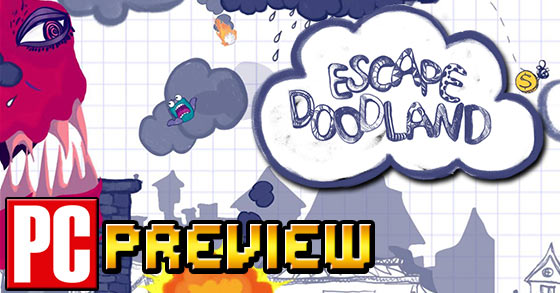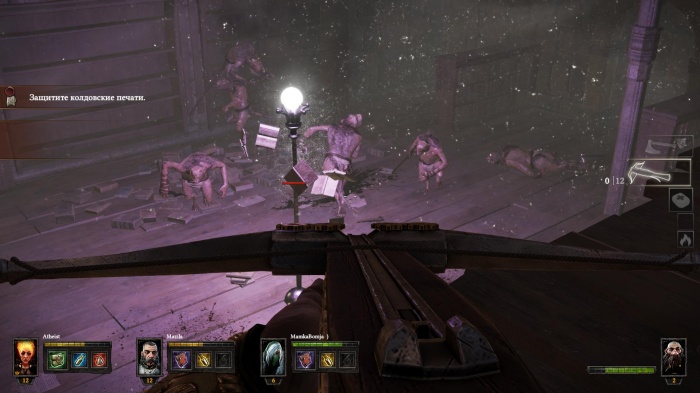Yoko Taro was born in Nagoya in 1970 and in his hometown, still very young, he witnesses the death of a friend who, walking on the edge of a palace, fell as he died on the blow. The scene provoked hilarity among his companions of misfortune, looking at the body of his dead friend, focusing on some details considered comedic rather than one of them being just dead: the event, as the director himself will declare later, he left to Yoko a disturbing effect that conditioned him for the rest of his life, unt
il he was completely poured into his subsequent work, treating death in an always atypical and never banal way. His life behind the video game starts though when in 2001, after working as a CGI designer in Bandai Namco Games and in Sugar & Rockets, a dying dead seco
nd part of Sony, arrives in Cavia. This is where Taro Yoko, thirty-one years old, finds himself involved in creatingDrakengardsupporting Takuya Iwasaki in co-writing with Sawako Natori and creating characters. The Union and the Em
pire, two religious factions, are creating a war for the predominance that is going to give reason for the second: in the Caim’s way, we find ourselves in a covenant with a dragon named Angelus to protect not only the Sister Furiae from the Empire, eager to abduct her, but also to subvert the order of the stories told. At first called on a heroic journey far more subtle tha
n what will be his real engagement, Caim finds himself opposed by the Empire’s desire to eliminate the human race: to do so, , Furiae, the only one capable of eliminating the seals that protect the Seeds of Destruction. In Midgard, though, this is not the case, the only situation that is taking place, because Yoko Taro has to tell the indecency of the human race, which is about to be d
estroyed, and it does with Leonard’s character, a hermit who lost his brother during an attack on the Empire: autocostrettori to the cloister, they fight against their own obsession with pedophilia; At the same time, Arioch, another protagonist of the story, finds himself confronted with what is his thirst for cannibalism against children, moved by the security that within his body would be saved; Finally Furiae will unveil his love for brother Caim, a statement that, depending o
n the final, will also lead to stabbing. All the declinations of a strongly disturbed psyche, that of man,NieR: Automatic . The stories told, as they already prove Yoko’s macabre orientation, do not satisfy the director, as well as the final product. Unhappy for many of the changes required during development, Taro decides not to work any longer on the Drakengard saga, content with working exclusively as a sequel video editor, coming in 2006. Desolation, death, succubi: Nier Fully detached from the timeline official, Drakengard 2
completely rewrites the events from the first of the finals of his prequel: to write there is no Yoko Taro, but what is offered to us comes from the death of Furiae, with his body brought to one of the seeds of destruction from his promised sp
ort , Inuart. Inside the Bone Casket, seed seeded by dragons, as soon as the couple crosses the threshold that separated it from the outside world, despite the body of her, she is born Nowe, a hybrid between dragon and human known as one of the
components of a new generation. Eighteen years after his birth, ours becomes the protagonist of the new stories told in Drakengard 2, becoming part of the Order of the Knights of the Seal, whose goal remains the same as Caim and Angelus, now
dead: defend the seals. After completing the work on the sequel to the title that started the saga, Yoko found himself working on a third iteration of the series: the initial concept provided that the series would be completely rebranded by the na
me of Nier , a spin-off of the saga Nevertheless, Nagoya’s director continued to hold the title as a true Drakengard 3 , so much so that the universe was shared, changing only the incipit that was the final E of Drakengard this time .



